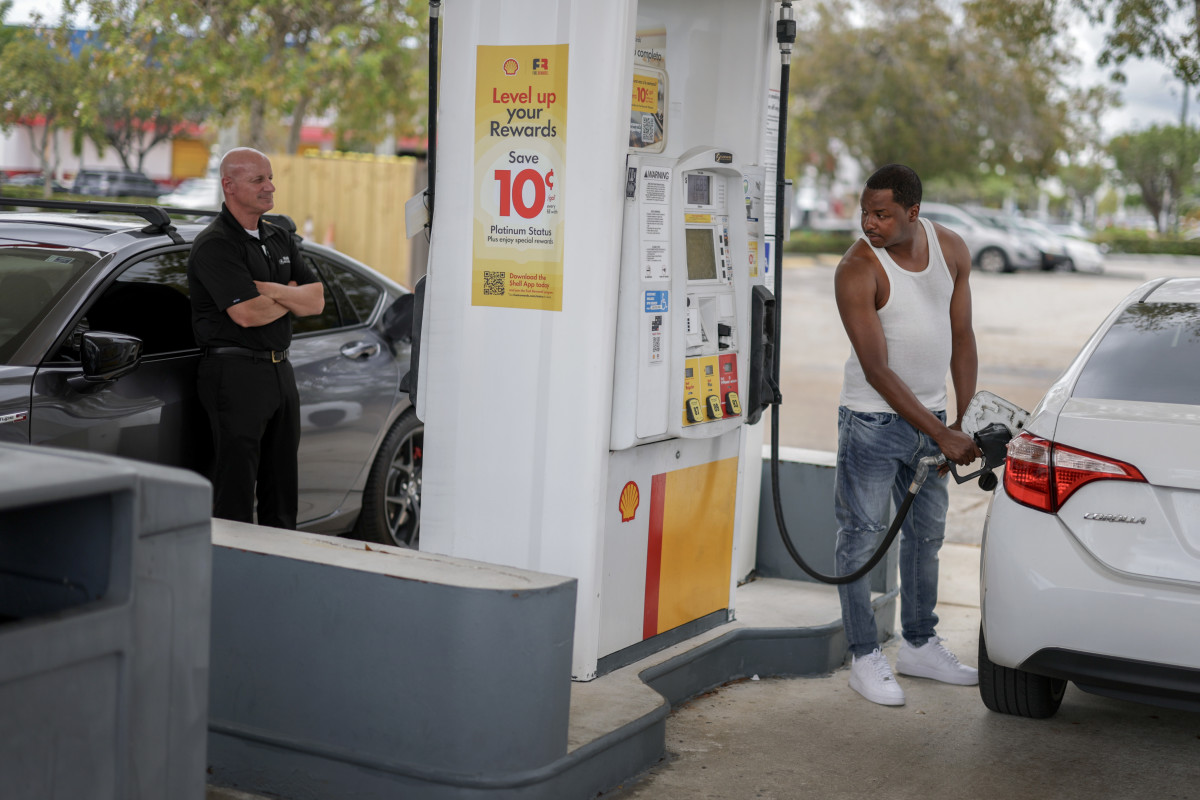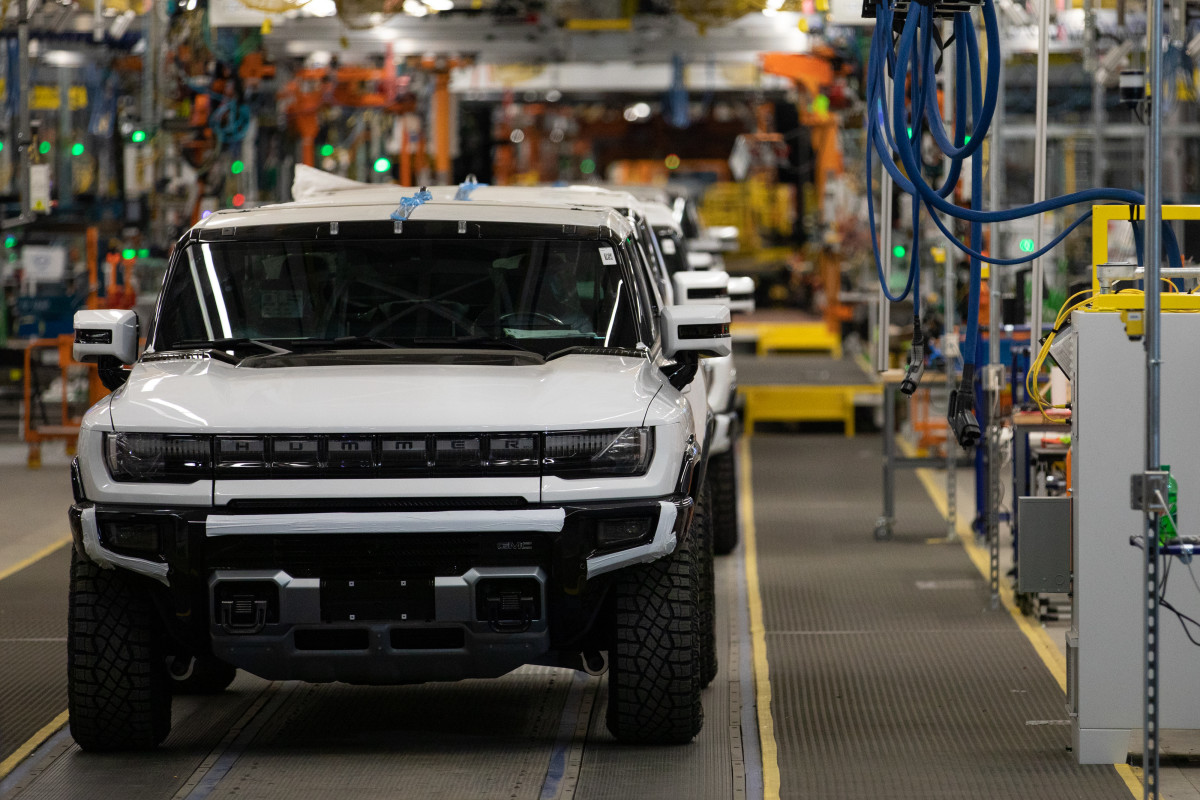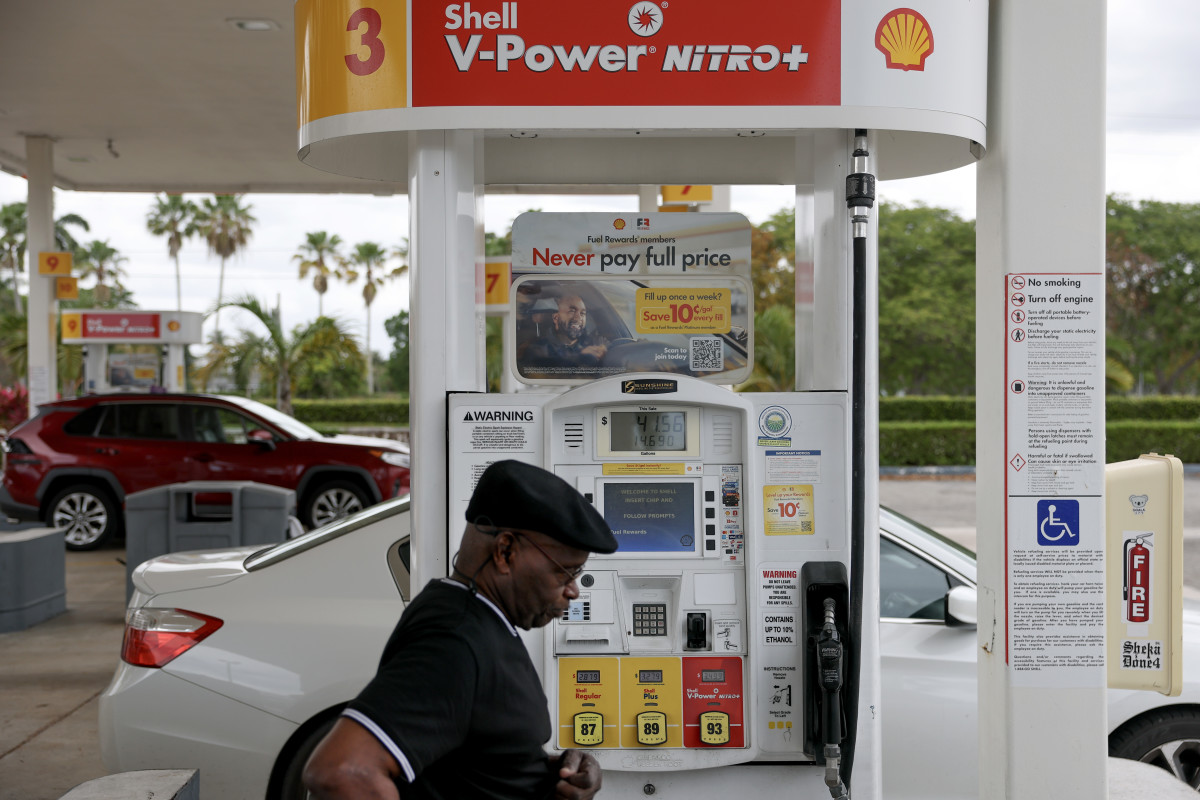Fuel Economy Evolution

Back in the 1970s, the U.S. was suddenly hit with a wake-up call about fuel consumption. Cars back then were more about muscle and size rather than sipping fuel efficiently. Because of this, some gas stations ran dry so quickly that states like New Jersey had to ration gas. They even created rules around filling up based on odd or even dates tied to license plates and introduced flags at stations to show drivers whether they had fuel available or not.
This crisis led to the creation of the Corporate Average Fuel Economy (CAFE) standards in 1975 under President Gerald Ford. These rules were designed to push automakers to produce more fuel-efficient vehicles. While many of Detroit’s big players initially resisted these regulations, the goal was to improve the fuel economy averages across the automotive industry.
CAFE Standards Under Review

Recently, The Wall Street Journal revealed that the U.S. Senate is thinking about turning these CAFE standards into more lenient guidelines for car manufacturers. This comes as part of a bigger tax plan linked to the Trump administration, which some have dubbed the “big, beautiful bill.” If passed, it would remove penalties for automakers who don’t meet CAFE standards, effectively weakening the incentive for producing fuel-efficient vehicles.
The current CAFE standard is set at 49 miles per gallon for the 2026 model year, with an increase to 50.4 mpg by 2031. These numbers are causing a stir in the auto industry, with some saying they’re just too strict. Automakers facing steep fines are particularly vocal, such as GM and Stellantis, which have paid millions for non-compliance. The proposal could provide relief for these companies and lead to savings for car buyers, according to the Senate Commerce Committee.
There’s a divide in the industry. GM and Stellantis favor eliminating the fines, whereas others, like Toyota and Hyundai, are open to revision but oppose removing the penalties altogether. Companies like Tesla and Rivian have benefitted financially by selling regulatory credits to other automakers, turning the stringent rules into an opportunity rather than a burden.
Strict CAFE standards have undeniably driven innovation. Cars now come with turbocharged engines, more gears than ever in automatic transmissions, and start-stop technology that conserves gas at idle. These changes prove the auto industry can adapt and thrive under pressure from regulations.
Driving Experience

Driving one of these fuel-efficient cars is an interesting experience. Compared to the brawny, gas-guzzling vehicles of the past, modern cars with their efficient engines and advanced features might not give the same raw, visceral experience but make up for it with impressive tech that makes every mile smoother and more economical. Think about how far things have come from the heavy, slow-reacting boats of old to today’s agile hybrids and electric vehicles that can zip around effortlessly. Cars like the Honda Accord Hybrid or the Tesla Model 3 bring a tech-savvy, refined ride to the table, demonstrating that efficiency doesn’t have to be boring.
Without strong regulations pushing them, automakers might leave these advancements merely as concepts rather than bringing them to mainstream market. So, whatever happens with the CAFE standards, keeping innovation alive seems crucial, not just for economic reasons, but for the driving experiences of the future.

Cadillac Optiq Shines
VW Unveils ID 2 GTI
Ford Recall Surge
1985 Ford Econoline
Tesla Model Y Updates